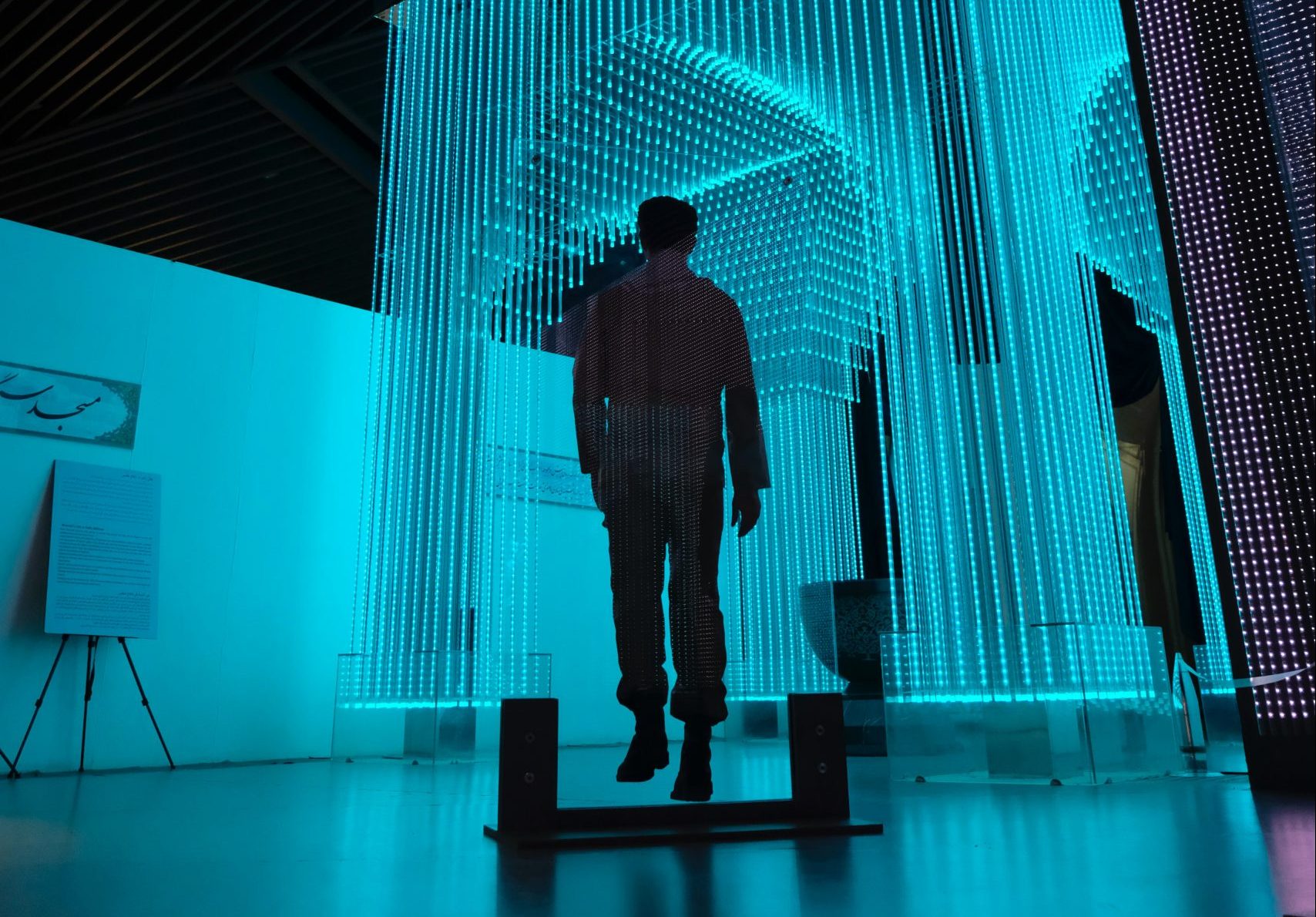Is an Interoperable Metaverse a Pipe Dream?

Often termed as the next frontier of the Internet, the metaverse can be broadly defined as a virtual space where users can have shared, real world-like experiences with one another using their digital identities. It represents a paradigm shift in our understanding of digitisation because it’s a convergence of several existing and emerging technologies such as virtual reality, artificial intelligence, and blockchain.
The metaverse is also widely expected to have its own native economy consisting of digitally native assets, which is why interoperability, or the ability for different virtual spaces to communicate and exchange digital assets, is crucial for the metaverse’s long-term success.
At the recent Techlaw.Fest 2022, panelists discussed their views on the importance of interoperability and portability in the metaverse, and whether it can actually be achieved.
“One of the core essential elements of the metaverse is that movement; enabling people to have a seamless experience from one platform to another,” said Arianne Jimenez, APAC privacy and public policy manager at Meta.
“The hope is that there will not be just a Google metaverse, a Meta metaverse, or a Roblox metaverse. These are all ideally going to be seamless and interoperable in the future,” she added.
My metaverse > your metaverse
The metaverse market is expected to reach a whopping US$800 billion within the next two years, representing a huge commercial opportunity for big tech companies. However, this means that an interoperable metaverse may not be possible, especially if virtual spaces are developed by these centralised entities because they would understandably want to gain market dominance.
“Not everyone wants to be part of a metaverse that they can’t control. They want to be the metaverse, or the one that they can control,” said Consigclear LLC’s Adrian Kwong.
Kwong also noted that for now, even data such as phone contacts and social media information cannot be easily transferred between the different platforms built by these big tech companies, simply because they want to preserve the “commercial reality” that they can control.
“They [big tech companies] and their shareholders want to create walled gardens so that they can maximise value, so why do we think that the metaverse should be any different?” he said.
Blockchain-based metaverse
In a recent tweet, Ethereum founder Vitalik Buterin stated that the metaverse is “going to happen,” but the current “corporate attempts” to create the metaverse will yield no results.
This begs the question of whether a metaverse built using blockchain technology can facilitate interoperability, since the transfer of data and assets is theoretically possible if platforms exist on the same blockchain.
However, efforts to establish interoperability between virtual worlds built on blockchains have also seen limited progress. For example, Ethereum-based metaverse platform The Sandbox allows users to use their NFT avatars from projects such as Bored Ape Yacht Club, The Moonbirds and Cool Cats, but does not allow the transfer of assets between fellow Ethereum-based metaverse platforms Decentraland and Cryptovoxel, or with other metaverse platforms built on other blockchains.
It should also be noted that these so-called decentralised virtual spaces are often backed by centralised companies (e.g. The Sandbox is a subsidiary of leading blockchain VC Animoca Brands), which means that there is very little incentive for them to establish and support interoperability with other ecosystems, especially in the highly profitable Web3 space.
Read more: Is Web3 Just Web2 in Disguise?
What a blockchain-based virtual world can offer for now is a higher degree of ownership (within that specific virtual world) than those created by the centralised big tech companies. However, there is still a long way to go before interoperability can be achieved between individual virtual worlds, blockchain-based or not, and hence the metaverse is likely to remain as a fragmented ecosystem of competing virtual worlds for the foreseeable future.
